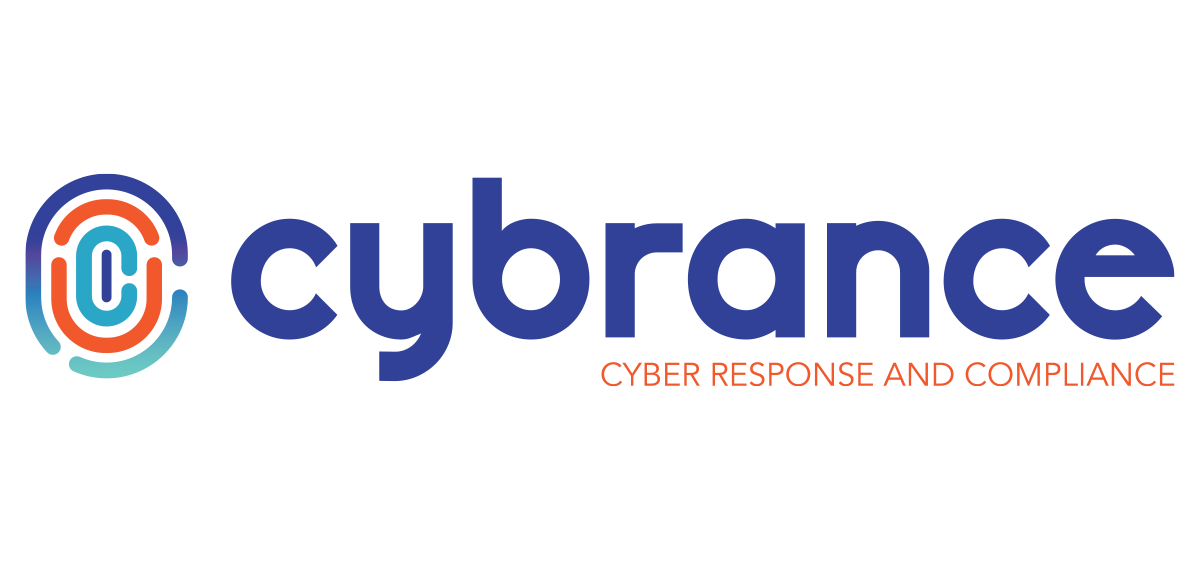ISO 27001
The Leading International Standard for Information Security
ISO 27001 allow organizations to protect their information while also developing an Information Security Management System (ISMS). This regulation provides an organization a cost-effective approach to protecting sensitive information.

Why is ISO 27001 Important?
ISO 27001 is important because it helps organizations develop protection strategies that are comprehensive, cost-effective, and aimed at preventing or mitigating any potential risks.
ISO 27001 also provides a framework for aligning security processes with organizational objectives and managing those processes in order to continuously improve the organization’s security posture.
The standard outlines best practices for developing a security strategy that meets the organization’s business needs while addressing industry-specific regulations and compliance requirements.
Organizations using ISO 27001 can also demonstrate their commitment to data security and customer privacy and show potential customers or partners that they have implemented the necessary procedures to protect their data and systems. This, in turn, can help increase consumer confidence and trust in an organization.
What can it do for your organization?
Benefits of ISO27001
Organizations that adopt ISO 27001 have access to many benefits, such as improved incident response times through better risk identification, faster resolution of issues due to effective access controls, and standardized procedures for critical tasks such as patch management or backup/recovery processes for business continuity planning.
Additionally, it helps prevent costly fines from non-compliance with regulatory standards such as GDPR or HIPAA by providing evidence of compliance during audits or reviews from third-party assessors or regulators.
With these advantages in mind, implementing ISO 27001 is an essential step an organization must take towards optimal information security management and assurance of secure data handling practices within its infrastructure.
